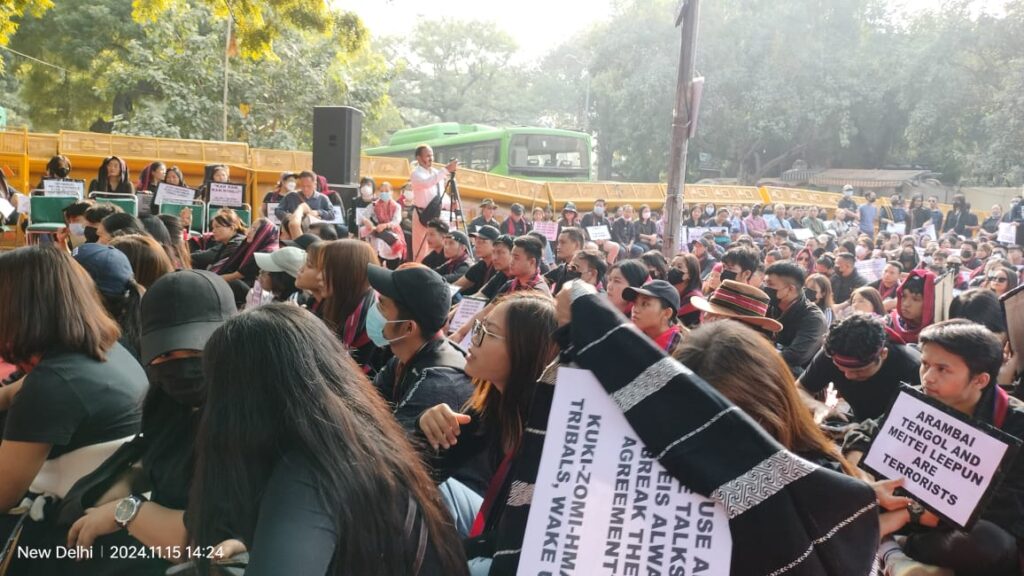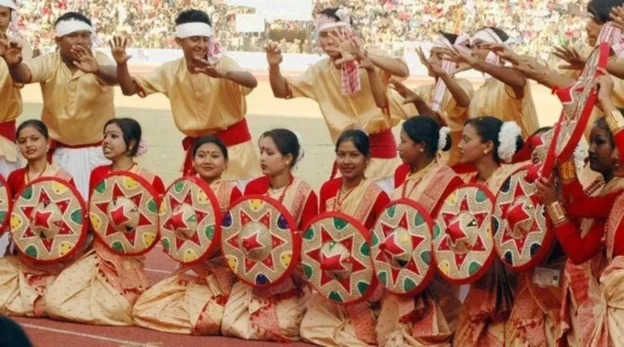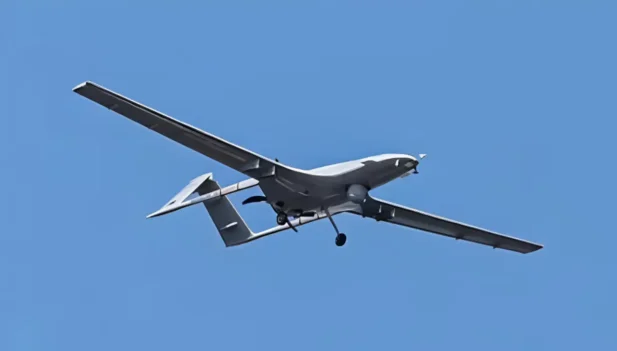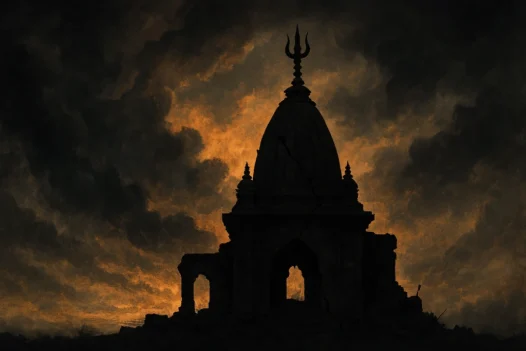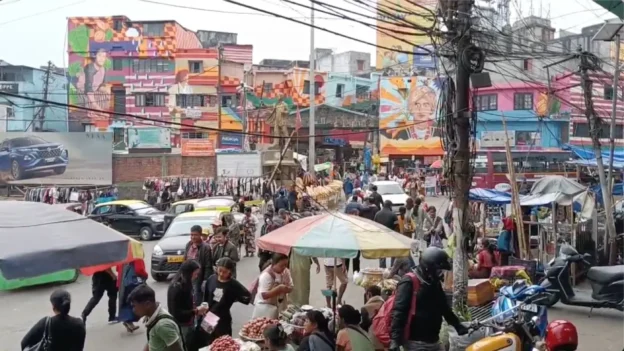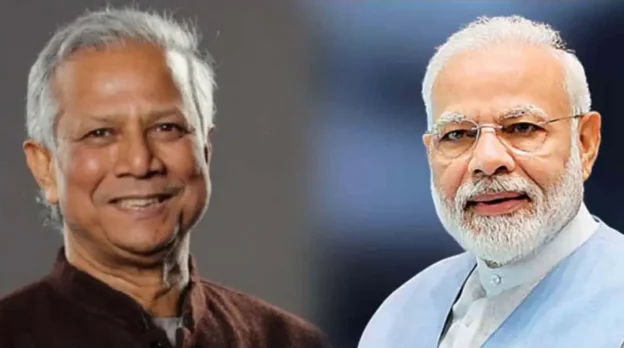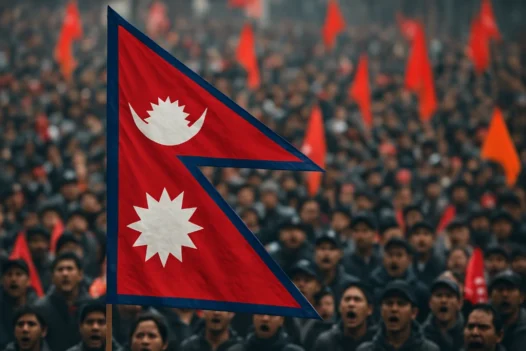Seven months after the Chief Minister of Manipur, N. Biren Singh, projected hope for peace, claiming on April 14, 2024 that, “Normalcy and peace are returning… We are making efforts for it. We have started peace talks between the two communities under the leadership of the Union Home Minister,” the grim reality unfolding on the ground sharply contradicts this optimistic narrative. Despite the signing of a peace agreement between the Meitei and Zo communities in August 2024, the state has continued to grapple with brutal violence, particularly targeting civilians. Homes have been destroyed, lives have been lost, and the feeling of safety is steadily eroding, especially for women and children.
One of the most horrifying episodes in this ongoing conflict occurred on the night of November 7, 2024, when armed Meitei militants attacked Zairawn Village in Jiribam District, burning 17 houses and killing 31-year-old Zosangkim Hmar, a mother of three. The victim was tortured and burned alive in what can only be described as an act of unbridled cruelty. Her autopsy report from Silchar Medical College & Hospital confirmed that she had died from extensive burns following brutal torture. The shock of this incident was magnified by the fact that Zairawn Village is just a few kilometers from the nearest Police Post and the 87th Battalion of the Central Reserve Police Force (CRPF), both of which failed to intervene during the attack. On that fateful night, the victim’s home was looted, set on fire, and destroyed. The situation highlights the growing violence against women in Manipur, where women have tragically become symbolic of the ethnic strife between the Meitei and the Zo communities. This brutal attack on Zosangkim Hmar is part of a disturbing pattern of violence that has intensified since the conflict erupted in May 2023.
Women in Manipur, from all communities, are being victimized not just as individuals but as representatives of their communities. The toll on them has been unimaginable—sexual violence, public humiliation, murder, and torture have left deep scars. These women, once the caretakers of their families, have now been transformed into symbols of the community’s suffering. Despite international outrage, the violence continues unabated, with perpetrators acting with impunity and the authorities failing to ensure justice.
The Hmar Students’ Association (HSA), representing the tribal communities, wrote a letter to Union Home Minister Amit Shah on November 12, 2024, expressing outrage over the increasing violence, particularly in Jiribam District. The letter condemned the brutality inflicted on the Kuki-Zo/Zomi-Hmar people, describing the recent attacks as atrocities carried out with impunity.
The HSA demanded a thorough and impartial investigation into the incidents of November 7 and 11, which have sparked widespread anger. They also called for the provision of compensation and support for the affected families. The association specifically highlighted the questionable circumstances surrounding the deaths of several tribal volunteers on November 11, 2024, at Jakuradhor under Borobekara Police jurisdiction. These volunteers, who had approached a CRPF check-post to inform security forces about the identity of the attackers who had set fire to Zairawn Village and killed Zosangkim, were killed in cold blood. The HSA has described the killings as “unprovoked” and “merciless,” demanding justice for the victims.
The HSA in its letter claimed that the autopsy reports of the ten slain volunteers, conducted at Silchar Medical College, revealed that their bodies had been mutilated, with their eyes gouged out—a gruesome revelation that shocked both the tribal community and the general public. The HSA’s letter to the Union Home Minister also raised questions about the conduct of the CRPF personnel. They specifically pointed out the failure of the armed forces to intervene when villagers from Zairawn were under attack on the night of November 7. Despite being stationed just meters away, the CRPF did not act to protect the villagers. These unanswered questions have fuelled a growing sense of distrust towards the security forces.
CRPF under fire
The situation took a dramatic turn on November 11, 2024, when reports confirmed that the CRPF had been involved in the killing of ten tribal volunteers. For months, the CRPF had been accused of passivity and neutrality, stationed near conflict zones without intervening to stop the violence. However, with this new escalation, the CRPF is now being accused of actively participating in worsening the conflict. Central forces claim that the strike on the tribal volunteers was a retaliation for an attack on their personnel, but this has done little to quell the rising tide of anger from the Zo communities. The attack has been described by many as a disproportionate use of force, sparking widespread allegations of bias and human rights violations.
The evidence emerging from various media outlets—mainstream and social—suggests a pattern of partiality by the central forces, particularly the CRPF, against the Zo community. Reports indicate that the CRPF may have allowed armed Meitei militants to operate freely while intensifying operations against the Zo people. Disturbing photographs purportedly showing the mutilated bodies of the slain volunteers have fuelled accusations of “extrajudicial killings”. Human rights groups, civil society organizations, and student groups from the Zo community are now calling for a formal investigation into the conduct of the central forces. The central forces are accused of either turning a blind eye to Meitei militants or, worse, siding with them while suppressing the Zo community.
In response to the perceived bias and selective enforcement, a number of student and community organizations, including the Zomi Students’ Federation (ZSF), Kuki Students’ Organization, and Hmar Students’ Association, have called for a public boycott of the CRPF in Zo-inhabited areas, effective from November 11, 2024. This boycott urges the people to cease all interactions with the CRPF, including closing shops and businesses that have engaged with the forces. This move reflects the growing frustration of the Zo community, which feels increasingly marginalized and abandoned by the state and central authorities.
On November 15, 2024, in a powerful display of solidarity, women’s organizations from the Zo community organized a massive rally across various towns, including Tuibuang, Lamka, Kangpokpi, Moreh, and Chandel. The rally, spearheaded by the Kuki Women Organisation for Human Rights (KWOHR), was a direct protest against the killings of Zosangkim Hmar and the ten tribal volunteers. The protesters marched through the streets with slogans demanding justice, accountability, and respect for human rights. The rally culminated in Lamka, where a memorandum was submitted to the Deputy Commissioner of Churachandpur. A similar protest was also organized in Delhi by the Hmar Students’ Association, calling for justice and accountability for the actions of the central forces. Protesters in Delhi echoed the same sentiments, chanting slogans like, “We want justice! CRPF down, down, down! Remove CRPF! Respect human rights!”
Video showing mass protest rallies in Manipur and New Delhi by Zo-Hmar-Kuki tribes
These protests signal a powerful cry from the Zo community, particularly women, who feel the weight of both the ethnic violence and the growing perception of bias in the handling of the conflict by the central forces. With accusations of human rights violations, extrajudicial killings, and selective enforcement of the law, the CRPF now finds itself embroiled in a bitter controversy that has only deepened the ethnic divide in Manipur.
In addition to their protests, the HSA has made further demands, including the immediate replacement of CRPF personnel stationed in Zairawn Village and Jakuradhor with Assam Rifles. They have also criticized the state government’s decision to conduct DNA tests on the bodies of the slain volunteers, insisting that the bodies should be returned to the families for proper burial. The call for accountability grows louder, with the HSA demanding that the state take responsibility for the escalating violence.
Despite the brutal killing of Zosangkim Hmar and the subsequent deaths of ten tribal volunteers, the violence has not ceased. On November 9, 2024, another woman was killed in Saiton Village, located on the border between Churachandpur and Bishnupur Districts, in what appears to be another targeted attack in this escalating conflict. These incidents highlight the continuing toll on innocent civilians, particularly women, in this conflict-ridden state. The failure of peace efforts and the lack of meaningful intervention by the authorities have left the people of Manipur, especially its women, exposed to the devastating effects of ethnic violence.
The situation remains volatile, and the toll on women, already high, continues to rise. As the conflict rages on, with both the local and central forces embroiled in controversy, it remains to be seen whether the voices of the affected communities will be heard and whether meaningful steps will be taken to restore peace. Until then, the people of Manipur, particularly its women, will continue to bear the brunt of this devastating ethnic conflict.

